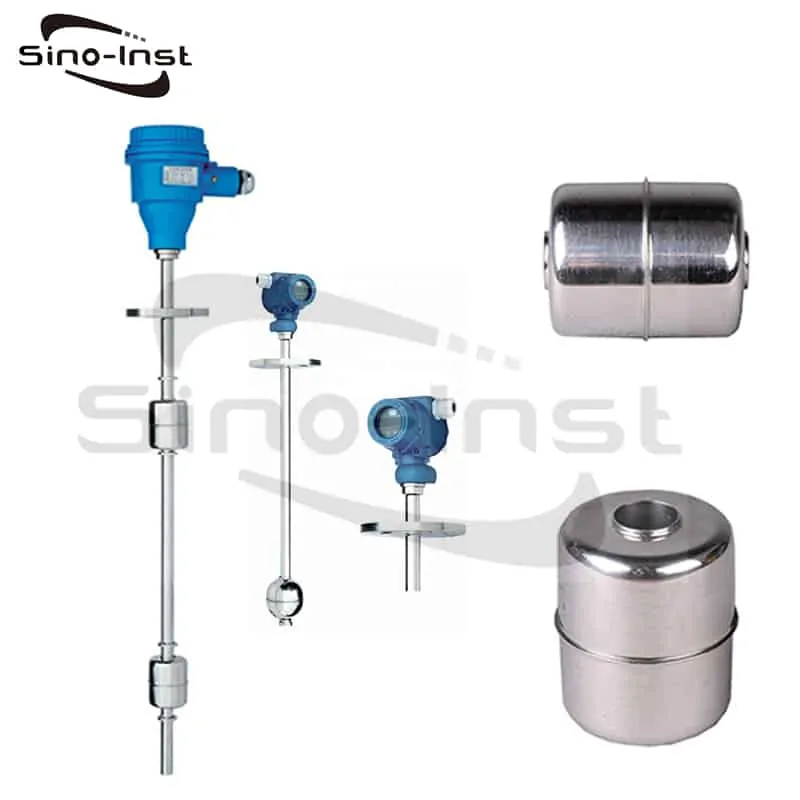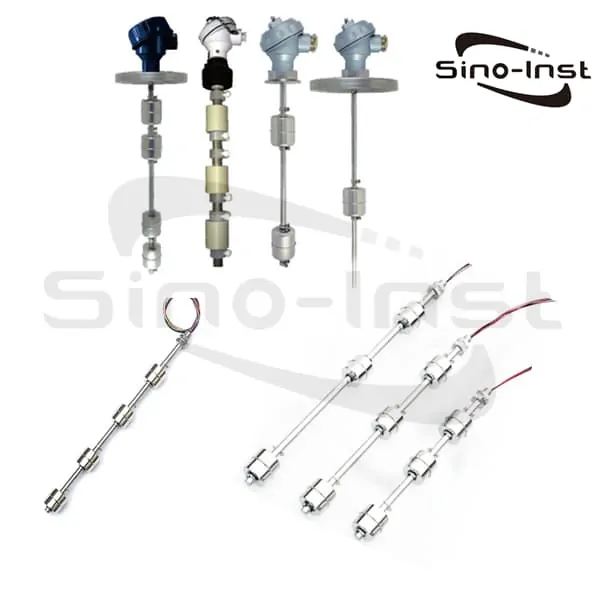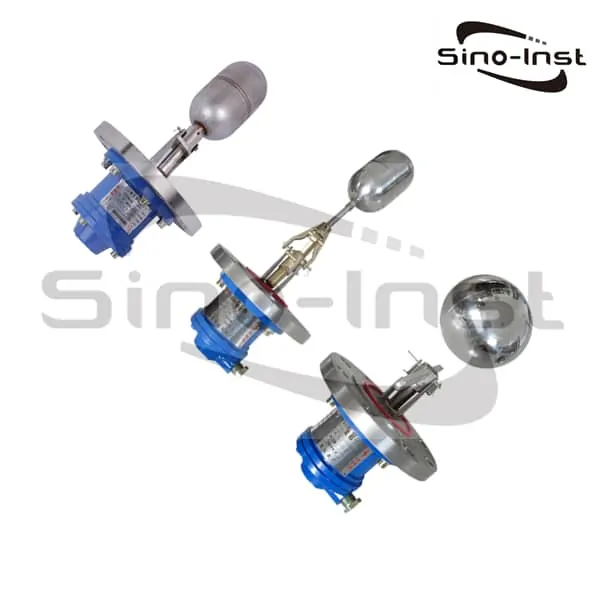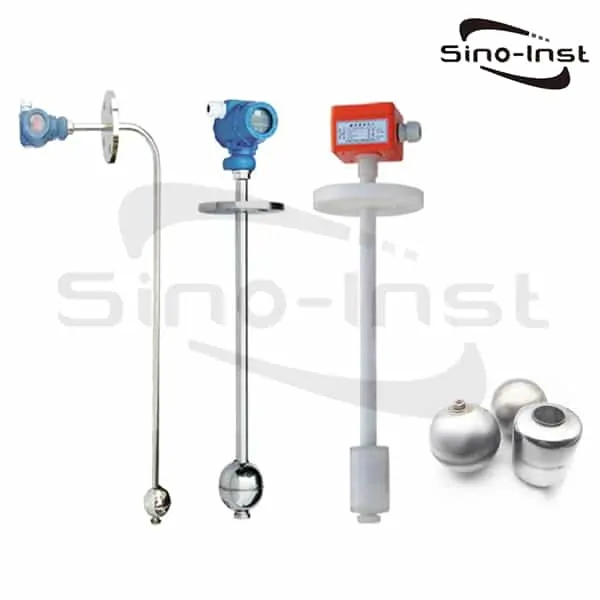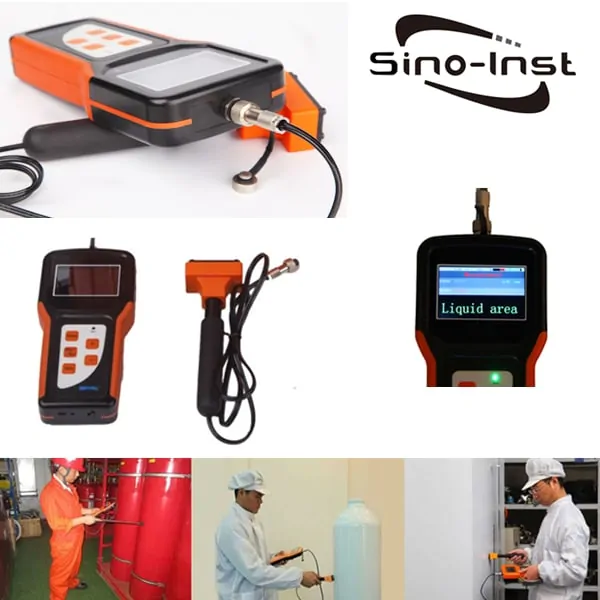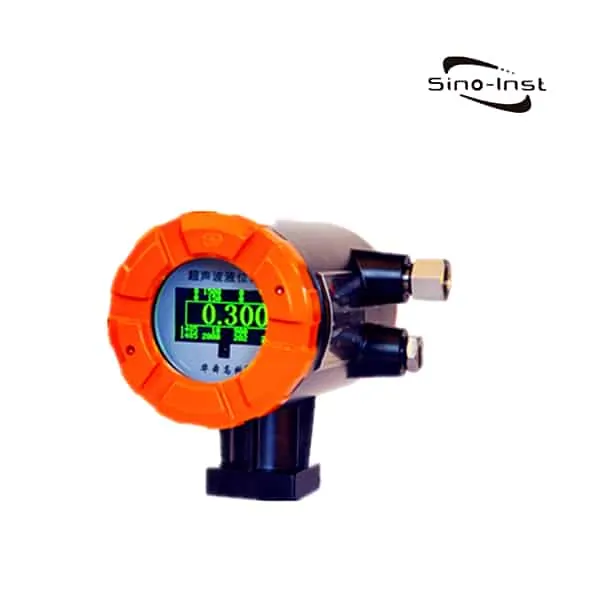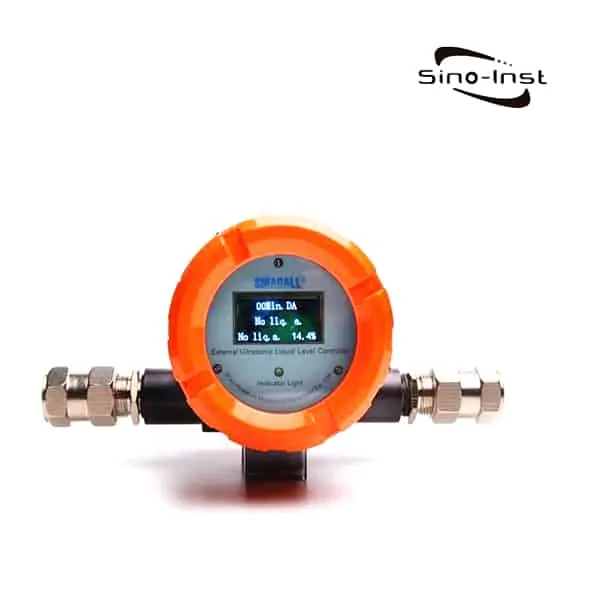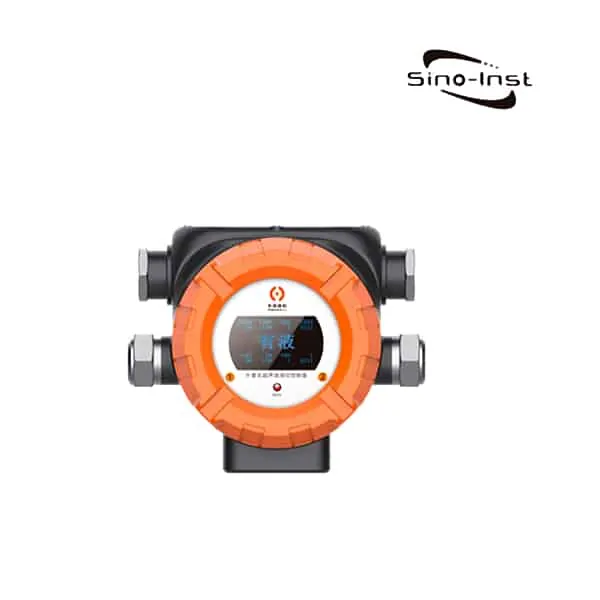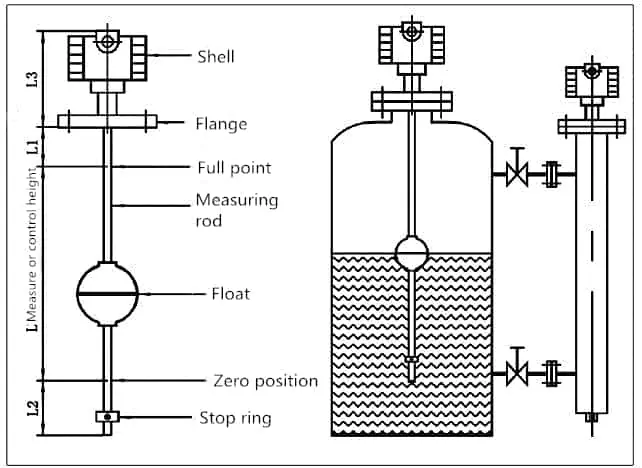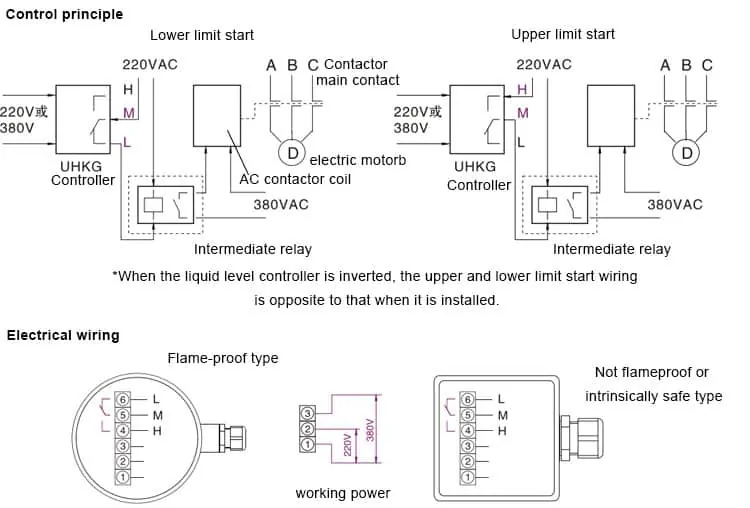Float level switch, Float level sensor and Float level controller are commonly used liquid level monitoring instruments.
Users are consulting on float level timing, and often confuse it with float level switches and float level gauge controllers. But because they are not the same product, their functions and prices are quite different. So, what are the differences between the float level gauge, the float level switch and the float level controller?
Generally speaking, the main differences between float level gauge, float level switch and float level controller are as follows:
1.Float level sensor, Float level switch and Float level controller Structure difference

Float level gauges are generally straight rod type. A maglev ball is placed on the straight rod, and the reed switch in the straight rod can be attracted by moving the maglev ball up and down. The purpose of increasing the resistance value in series is achieved by attracting the reed switch. Because the output 4-20mA remote signal is a current signal, under the condition of a certain voltage, the current is proportional to the resistance. The greater the resistance, the greater the current. Therefore, there is a series circuit board circuit inside the straight rod of the float level gauge.
The reed switch is directly placed inside the float level controller, without the need to design a circuit board separately.
The structure of the float level switch is the simplest.
Float level sensor can also be used with paperless recorder.
Extended reading: Float Level Sensors – Single and Multipoint
2.Float level sensor, Float level switch and Float level controller Price difference
Because the structure of the float level gauge is more complicated, its price is relatively high. The price of float level controller is second, and the price of float level switch is the cheapest.
Extended Reading: GWR Level Sensor for High Temperature & High Pressure
3.Float level sensor, Float level switch and Float level controller Functional difference
Float Level Gauge A level gauge that can measure liquid level values. The float level controller cannot display the specific level value. Only one switch value alarm point signal is given.
The float level switch is especially suitable for use in small tanks, but you need to open the hole at the height you need. Then install one end of the float at the position where the alarm is needed. When the liquid level reaches the position, the floating ball will be lifted up and the contact point will be automatically disconnected to act as an alarm.
Extended reading: Magnetostrictive Hydraulic Cylinder Position Sensor
Featured Float level sensor, Float level switch and Float level controller
Extended reading: Radar Level Sensor Advantages and Disadvantages
The customer consults the float level gauge, and the salesperson asks for detailed parameters. The customer just said that it needs 8 on-off alarm points with a measuring length of 5 meters, and nothing else. Our sales staff made a quotation based on this parameter.
After the quotation. Suddenly, the customer asked for a 4-20mA remote signal with a secondary display meter. In this way, the price of the second quotation more than doubled. Customers began to question the price.
Customers think this is the same product. Why does one more parameter make people feel that they are completely two products? This requires customers to clearly understand the specific differences between the float level gauge, the float level controller, and the float level switch.
The float level gauge is used as a level gauge that can measure the liquid level value. Float level gauges are generally straight rod type. A maglev ball is set on the straight rod. Move the maglev ball up and down to attract the reed switch in the straight rod. The purpose of increasing the resistance value in series is achieved by attracting the reed switch.
Because the output 4-20mA remote signal is a current signal. In the case of a certain voltage, current and resistance are proportional. The greater the resistance, the greater the current. Therefore, the float level gauge has a series circuit board circuit inside the straight rod, so the price is relatively high.
And if there is no need to display the specific level value, then there is no need to output a 4-20mA signal to the secondary instrument in the straight rod of the float level gauge. It only needs to be able to give a switch alarm point signal. Then the reed switch can be placed directly inside the float level gauge, without the need to design the circuit board separately. This way the price will be different. Of course, the name becomes the float level controller. So the price is different.
Many customers will also say that it is the float level gauge that they are looking for when they buy it. In fact, to be more precise, this cannot be called a float level gauge. Because it no longer has the function of measuring liquid level value.
The float level switch is simpler than this, and the structure is simpler. Especially suitable for use in small tanks. The float level switch needs to make a hole at the required height by itself, and then install the float at the position where the alarm is needed. When the liquid level reaches the position, the floating ball will be lifted up and the contact point will be automatically disconnected to act as an alarm.
Extended reading: Ultrasonic level transmitter for Hazardous Liquids
You may like:
- Flow Measurement Units-What Is GPM in Flow Meter?
- What Is a BTU Meter?
- Flow Rate and Pressure Relationship-How to Calculate?
- Quickly Set Level Monitoring System for Industrial Holding Tanks
- Water Flow Measurement for Pipes and Open Channels
- Industrial Helium Flow Meters
- How to check Level in Underground Tanks? What Tank Level Indicators to Choose?
- Enhancing Marine Tank Monitoring with Advanced Marine Water Tank Level Sensors
- Shopping the Right High Temperature Level Sensor: 80℃~1000℃
- Cooling Tower Level Sensors for Water Level Monitoring and Water Level Control
Sino-Inst offers over 10 Float level switches and transmitters for level measurement. About 50% of these are float liquid level meters, 40% is the level switches.
A wide variety of Float level switches and sensors options are available to you, such as free samples, paid samples.
Sino-Inst is a globally recognized supplier and manufacturer of Float level switches and sensors instrumentation, located in China.

Wu Peng, born in 1980, is a highly respected and accomplished male engineer with extensive experience in the field of automation. With over 20 years of industry experience, Wu has made significant contributions to both academia and engineering projects.
Throughout his career, Wu Peng has participated in numerous national and international engineering projects. Some of his most notable projects include the development of an intelligent control system for oil refineries, the design of a cutting-edge distributed control system for petrochemical plants, and the optimization of control algorithms for natural gas pipelines.

